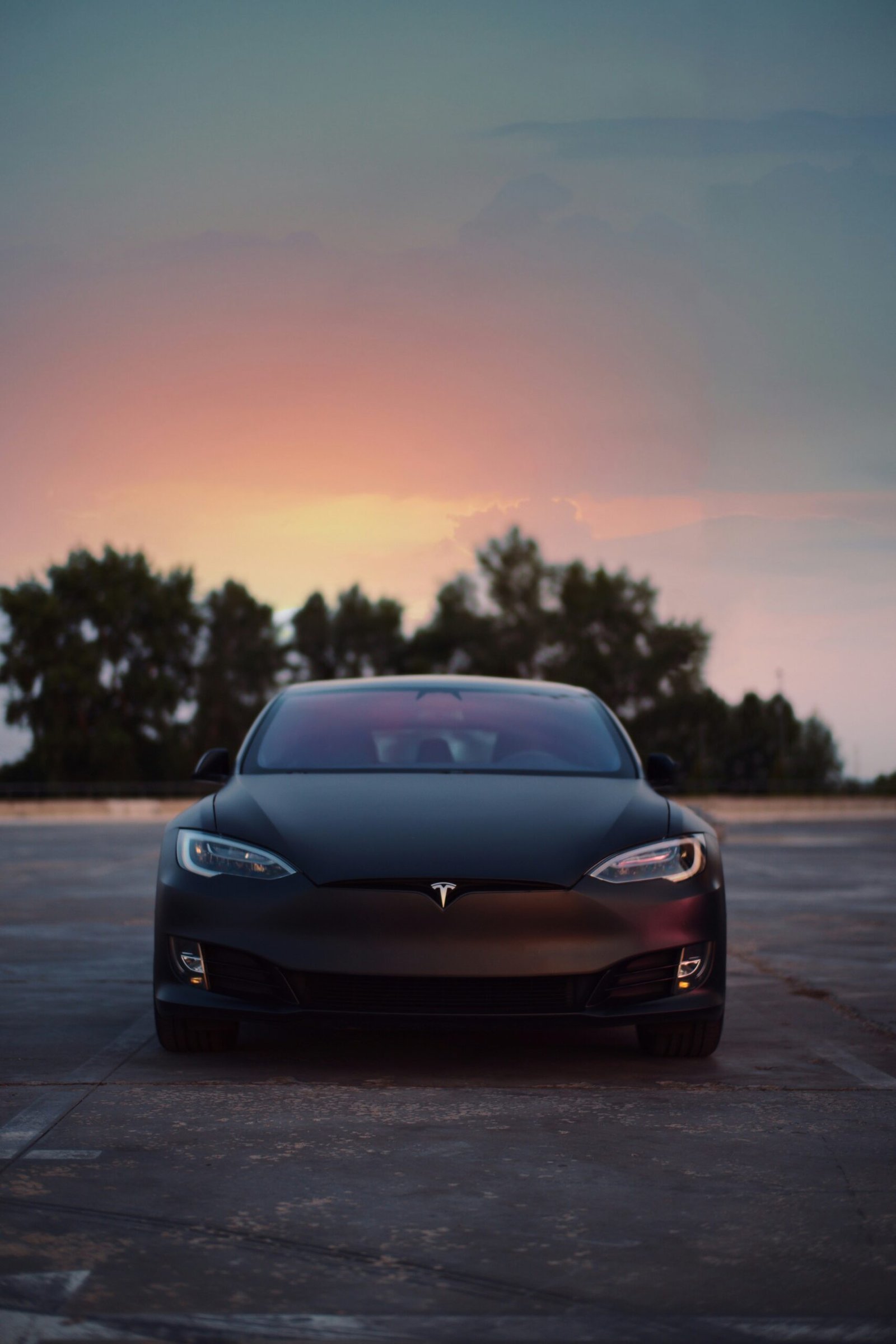
The Technology Behind Tesla Vehicles
Tesla is a well-known name in the automotive industry, recognized for its innovative electric vehicles. The company has revolutionized the way we think about cars, combining cutting-edge technology with sustainable energy solutions. In this article, we will explore the key technologies that power Tesla vehicles and set them apart from traditional gasoline-powered cars.
Electric Powertrain
One of the most significant differences between Tesla vehicles and conventional cars is the powertrain. Tesla vehicles are fully electric, meaning they do not rely on gasoline or diesel fuel. Instead, they use an electric powertrain that consists of three main components: the battery pack, the electric motor, and the power electronics.
The battery pack is the heart of the Tesla vehicle, providing the energy needed to power the electric motor. Tesla uses advanced lithium-ion battery technology, which offers high energy density and allows for longer driving ranges. These battery packs are designed to be durable and long-lasting, with warranties that cover several years or miles.
The electric motor is responsible for converting electrical energy from the battery pack into mechanical energy to drive the wheels. Tesla motors are known for their efficiency and power, delivering instant torque and impressive acceleration. Unlike internal combustion engines, electric motors have fewer moving parts, resulting in reduced maintenance and a smoother driving experience.
The power electronics in a Tesla vehicle control the flow of electricity between the battery pack and the electric motor. They manage the charging process, convert DC power from the battery into AC power for the motor, and regulate the overall performance of the vehicle. Tesla’s power electronics are designed to be highly efficient, minimizing energy losses and maximizing the range of the vehicle.
Autopilot and Full Self-Driving
Tesla is at the forefront of autonomous driving technology, aiming to make self-driving cars a reality. The company’s Autopilot system is a suite of advanced driver-assistance features that enhance safety and convenience. It uses a combination of sensors, cameras, and radar to provide a 360-degree view of the vehicle’s surroundings.
Autopilot can assist with tasks such as adaptive cruise control, lane centering, and automatic emergency braking. It can also navigate on highways, change lanes, and park with minimal driver input. However, it is important to note that Autopilot is not fully autonomous and requires driver supervision.
In addition to Autopilot, Tesla offers a Full Self-Driving (FSD) package that promises full autonomy in the future. FSD includes features like automatic driving on city streets, traffic light and stop sign control, and automatic parking. While these features are not yet fully functional, Tesla continues to develop and improve its self-driving capabilities through over-the-air software updates.
Supercharging Network
One of the challenges of electric vehicles is the availability of charging infrastructure. Tesla has addressed this issue by developing its Supercharger network, a network of high-speed charging stations strategically located across the globe. These Superchargers can deliver up to 250 kW of power, allowing Tesla vehicles to charge quickly and efficiently.
The Supercharger network enables long-distance travel by minimizing charging time. With a Supercharger, Tesla owners can add hundreds of miles of range in just a few minutes. The network is continuously expanding, with new stations being added regularly to support the growing number of Tesla vehicles on the road.
In addition to the Supercharger network, Tesla vehicles can also be charged at home or at other public charging stations using the included Mobile Connector or optional Wall Connector. This flexibility ensures that Tesla owners have access to charging options wherever they go.
Energy Efficiency and Sustainability
Tesla’s commitment to sustainability goes beyond its electric vehicles. The company is also focused on energy efficiency and renewable energy solutions. Tesla’s vehicles are designed to be highly energy-efficient, utilizing regenerative braking to capture and store energy that would otherwise be lost during braking.
Furthermore, Tesla offers energy storage solutions in the form of Powerwall and Powerpack. These products allow homeowners and businesses to store excess energy generated from renewable sources like solar panels and use it when needed. By integrating electric vehicles, energy storage, and renewable energy, Tesla aims to create a sustainable ecosystem that reduces reliance on fossil fuels.
In conclusion, Tesla vehicles are powered by advanced electric powertrains that offer high performance and efficiency. The company’s Autopilot and Full Self-Driving features bring us closer to the reality of autonomous driving. The Supercharger network addresses the challenge of charging infrastructure, while Tesla’s focus on energy efficiency and sustainability sets it apart from traditional car manufacturers. With its innovative technologies and visionary approach, Tesla continues to shape the future of transportation.

Leave a Reply